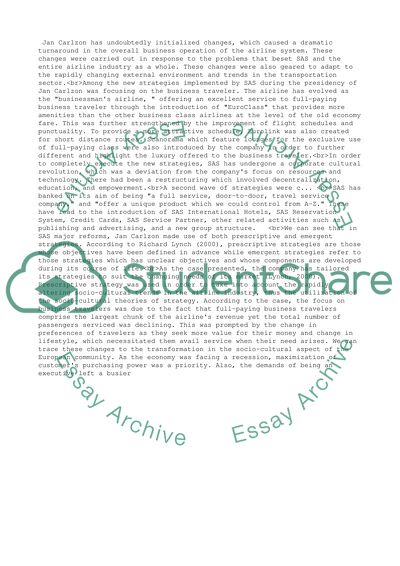Cite this document
(“Scandinavian Airlines System 1998 Case Study Example | Topics and Well Written Essays - 3000 words”, n.d.)
Scandinavian Airlines System 1998 Case Study Example | Topics and Well Written Essays - 3000 words. Retrieved from https://studentshare.org/business/1527476-scandinavian-airlines-system-1998
Scandinavian Airlines System 1998 Case Study Example | Topics and Well Written Essays - 3000 words. Retrieved from https://studentshare.org/business/1527476-scandinavian-airlines-system-1998
(Scandinavian Airlines System 1998 Case Study Example | Topics and Well Written Essays - 3000 Words)
Scandinavian Airlines System 1998 Case Study Example | Topics and Well Written Essays - 3000 Words. https://studentshare.org/business/1527476-scandinavian-airlines-system-1998.
Scandinavian Airlines System 1998 Case Study Example | Topics and Well Written Essays - 3000 Words. https://studentshare.org/business/1527476-scandinavian-airlines-system-1998.
“Scandinavian Airlines System 1998 Case Study Example | Topics and Well Written Essays - 3000 Words”, n.d. https://studentshare.org/business/1527476-scandinavian-airlines-system-1998.


